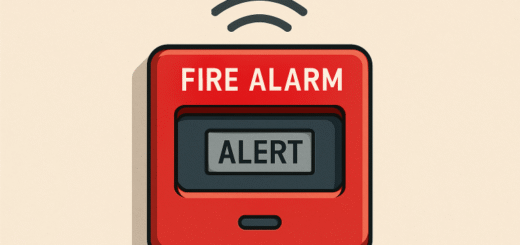How Does WebRTC Work?

Before we answer the question “What is WebRTC, and how does WebRTC work?” let’s examine the different aspects of this new technology. These include signaling, media transmission, speed, and security. Let’s go over each one in turn. You’ll know whether WebRTC is right for you after reading this article.
Signaling
The signaling protocol is important to WebRTC because it determines how much time and effort will be spent developing certain features. It also determines the speed at which sessions will be set up and how fast a server can process and store media. As signaling is a one-time process, it should not be taken lightly.
Several factors contribute to the failure of signaling in WebRTC. First, WebRTC doesn’t provide an official channel to transfer or exchange prereq information. Without SDP/ICE information, WebRTC cannot function. As such, developers must choose an appropriate real-time signaling server for their WebRTC application. This blog will analyze the different signaling servers available and describe why they are useful to aid in the selection process.
Media transmission
Media transmission on the web is an essential technology, and its need is growing by leaps and bounds. While it started as a way to bring video and audio to the web, its application is far broader than anyone could have imagined. From cloud-based gaming to AR/VR experiences, from video calling to massive live streaming services, WebRTC is enabling useful experiences everywhere. And while it may seem like an oxymoron, WebRTC is already a mainstay of most Internet-based social networks and meeting services.
While WebRTC is largely focused on voice and video communication, it is increasingly used for emerging applications such as gaming, video streaming, AR/VR, and mixed reality. The Stadia gaming service, for example, delivers cloud-based gaming experiences to televisions. The low-latency media provided by WebRTC is enabling the gaming experience. Moreover, it is reducing the live streaming experience’s latency and allowing Web browsers to stream high-quality video to televisions.
Speed
WebRTC is a new standard for online communications that replaces Adobe Flash. But unlike Flash, WebRTC isn’t instantaneous. Instead, sending data through a server adds network traffic, payload, and latency. Think of a server as the hub of a large airline. When you fly, you must go through airport security, baggage claim, immigration, layovers, and other procedures. With WebRTC, you don’t have to worry about delays or lost baggage, as the server can process them all.
Even though the WebRTC standard isn’t standardized, more than 800 services are already using it. The main challenge here is establishing a worldwide presence for a WebRTC service. You need to have established customer relationships, a sales force, and many value-added services to make this possible. Moreover, your competitors have patents and IPR lawyers ready to enforce their rights if they find out you’re using their technology.
Security
Despite its promise, WebRTC security is still insecure. These vulnerabilities are often caused by benign neglect, ignorance, or laziness. As a result, endpoint security customers are vulnerable to data leaks. This security flaw also affects many remote workers who depend on WebRTC for real-time video and voice communications. ]
First, WebRTC uses an open audio and video exchange standard, but it’s not terribly secure. WebRTC’s lack of robust congestion control can make it vulnerable to attack. Fortunately, it offers strong authentication, which may help defend against attacks. However, these new features also come with a risk. While some ways to mitigate this risk, WebRTC has several potential vulnerabilities. For example, it may allow attackers to target certain devices based on their presence.
















